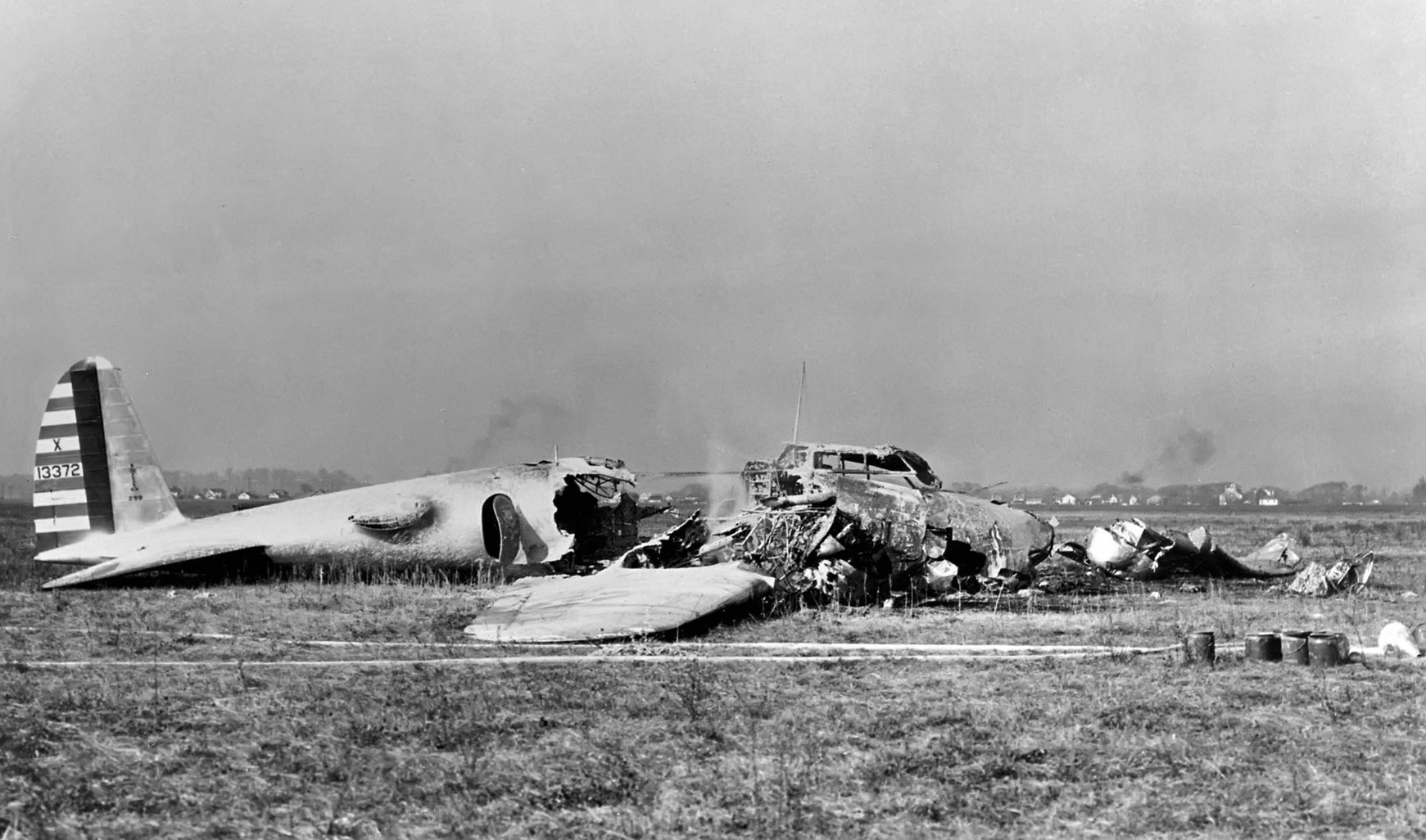
This Day in Aviation History
October 30th, 1935
The prototype Boeing Model 299 crashes due to locked control surfaces.
On October 30, 1935, at Wright air Field in Dayton , Ohio , the U.S. Army Air Corps held a flight competition for airplane manufacturers vying to build its next-generation long-range bomber. It wasn’t supposed to be much of a competition. In early evaluations, the Boeing Corporation’s gleaming aluminum-alloy Model 299 had trounced the designs of Martin and Douglas. Boeing’s plane could carry five times as many bombs as the Army had requested; it could fly faster than previous bombers, and almost twice as far.
A Seattle newspaperman who had glimpsed the plane called it the “flying fortress,” and the name stuck. The flight “competition,” according to the military historian Phillip Meilinger, was regarded as a mere formality. The Army planned to order at least sixty-five of the aircraft.
A small crowd of Army brass and manufacturing executives watched as the Model 299 test plane taxied onto the runway. It was sleek and impressive, with a hundred-and-three-foot wingspan and four engines jutting out from the wings, rather than the usual two. The plane roared down the tarmac, lifted off smoothly and climbed sharply to three hundred feet. Then it stalled, turned on one wing and crashed in a fiery explosion. Two of the five crew members died, including the pilot, Major Ployer P. Hill (thus Hill AFB , Ogden , UT)….
Source:
ATCHistory.org, How the Pilot’s Checklist Came About: http://gstv.us/1P34NdS
Wikipedia, Boeing B-17 Flying Fortress: http://gstv.us/1P34Ru6
If you enjoy the “This Day in Aviation History” collection, you may enjoy some of these other collections from Gazing Skyward TV: http://gstv.us/GSTVcollections
Photo from: http://gstv.us/1P34ZK7
#avgeek #aviation #history #Boeing #Model299 #B17 #FlyingFortress #CheckList #military #USA #fb

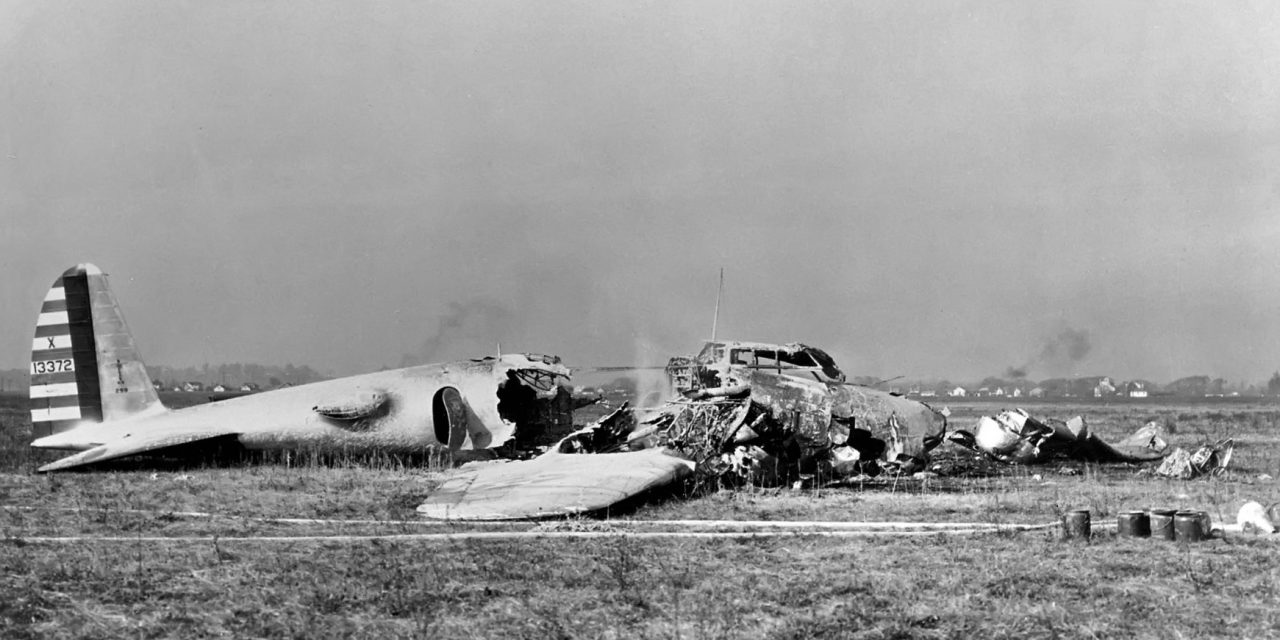
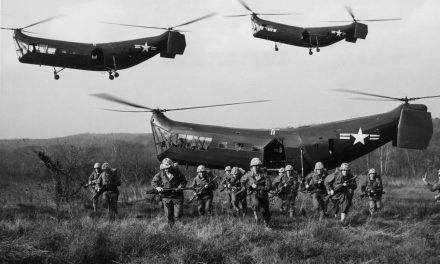

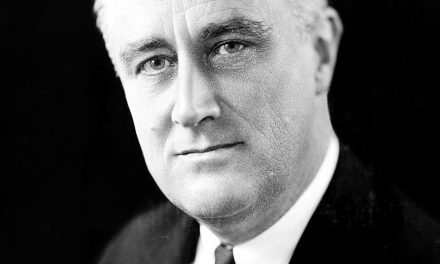
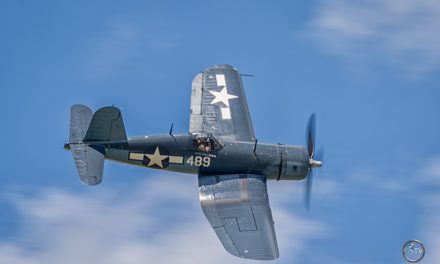
Recent Comments